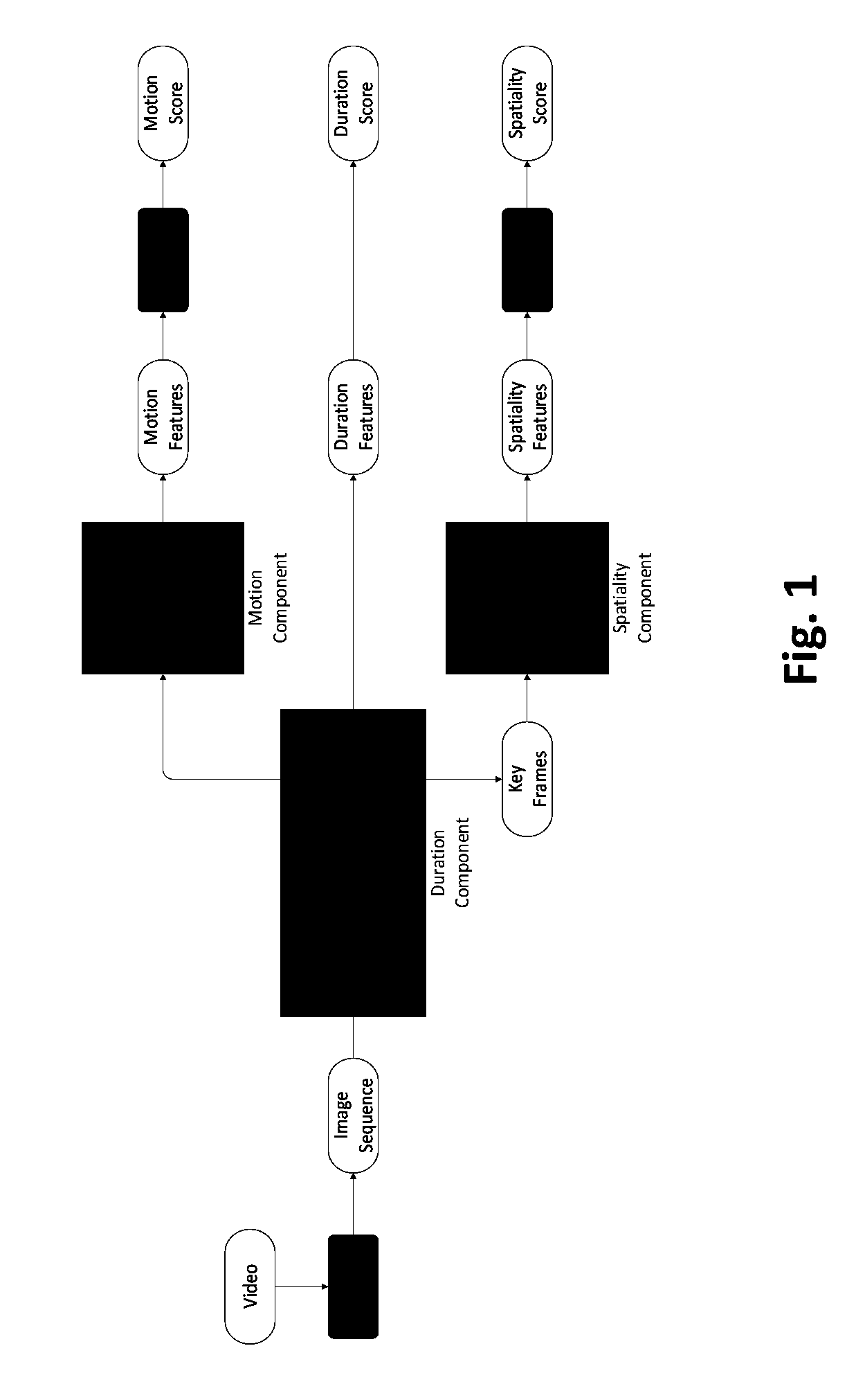Computer Vision Based Method And System For Evaluating And Grading Surgical Procedures
a computer vision and surgical technology, applied in the field of digital image processing, can solve the problems of lack of high-fidelity, low-cost simulation models, and underfunded wet lab facilities
- Summary
- Abstract
- Description
- Claims
- Application Information
AI Technical Summary
Benefits of technology
Problems solved by technology
Method used
Image
Examples
Embodiment Construction
[0026]The present invention is applicable to evaluating, and in some embodiments grading, surgical procedures in general. Cataract surgery is provided herein as an example, and not a limitation, of the present invention and the various embodiments described and envisioned herein.
[0027]A cataract surgery video evaluation system for capsulorrhexis procedures comprises three aspects: duration, spatiality, and motion.
[0028]First, computer vision techniques are used to obtain segmented key frames and optical flow magnitude curves for each surgery procedure. Next, the duration, spatiality, and motion features are computed and applied in linear regression and Support Vector Machine (SVM) models to assign grades. Experimental results reveal that our grading system can achieve reasonable agreement with the experts. Moreover, our experimental results also establish the consistency of the automated grading system with respect to the subjectivity of human raters. The application of computer vis...
PUM
 Login to View More
Login to View More Abstract
Description
Claims
Application Information
 Login to View More
Login to View More - R&D
- Intellectual Property
- Life Sciences
- Materials
- Tech Scout
- Unparalleled Data Quality
- Higher Quality Content
- 60% Fewer Hallucinations
Browse by: Latest US Patents, China's latest patents, Technical Efficacy Thesaurus, Application Domain, Technology Topic, Popular Technical Reports.
© 2025 PatSnap. All rights reserved.Legal|Privacy policy|Modern Slavery Act Transparency Statement|Sitemap|About US| Contact US: help@patsnap.com



